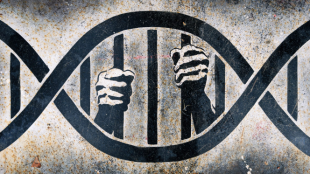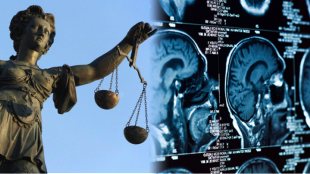The Uncertain Future of Acquitted Conduct Sentencing
(Source) Daytona McClinton was seventeen years old when he robbed a CVS pharmacy with five of his friends, while brandishing a firearm. After fleeing the scene, a fight ensued and one of the other robbers was shot and killed. For this crime, McClinton was charged as an adult, and convicted of robbery and brandishing a firearm, but acquitted of the murder of his friend. McClinton should have received a sentence of five to six years under the U. S. sentencing guidelines. But he was sentenced to nineteen years in prison. His sentence was more than tripled due to the alleged murder, a murder that McClinton was unanimously acquitted of by a jury of his peers. This was allowed through a practice called Acquitted Conduct Sentencing. Under § 1B1.3 of the US Sentencing Guidelines, a judge must consider relevant conduct in determining a sentence, which can include conduct and charges a defendant was acquitted of. This allows a judge to effectively disagree with a jury’s acquittal, conclude that a defendant actually committed a crime, and increase the defendant’s sentence exponentially. In 1997, the Supreme Court first addressed the issue of acquitted conduct sentencing. United States v. Watts held that a [read more]







